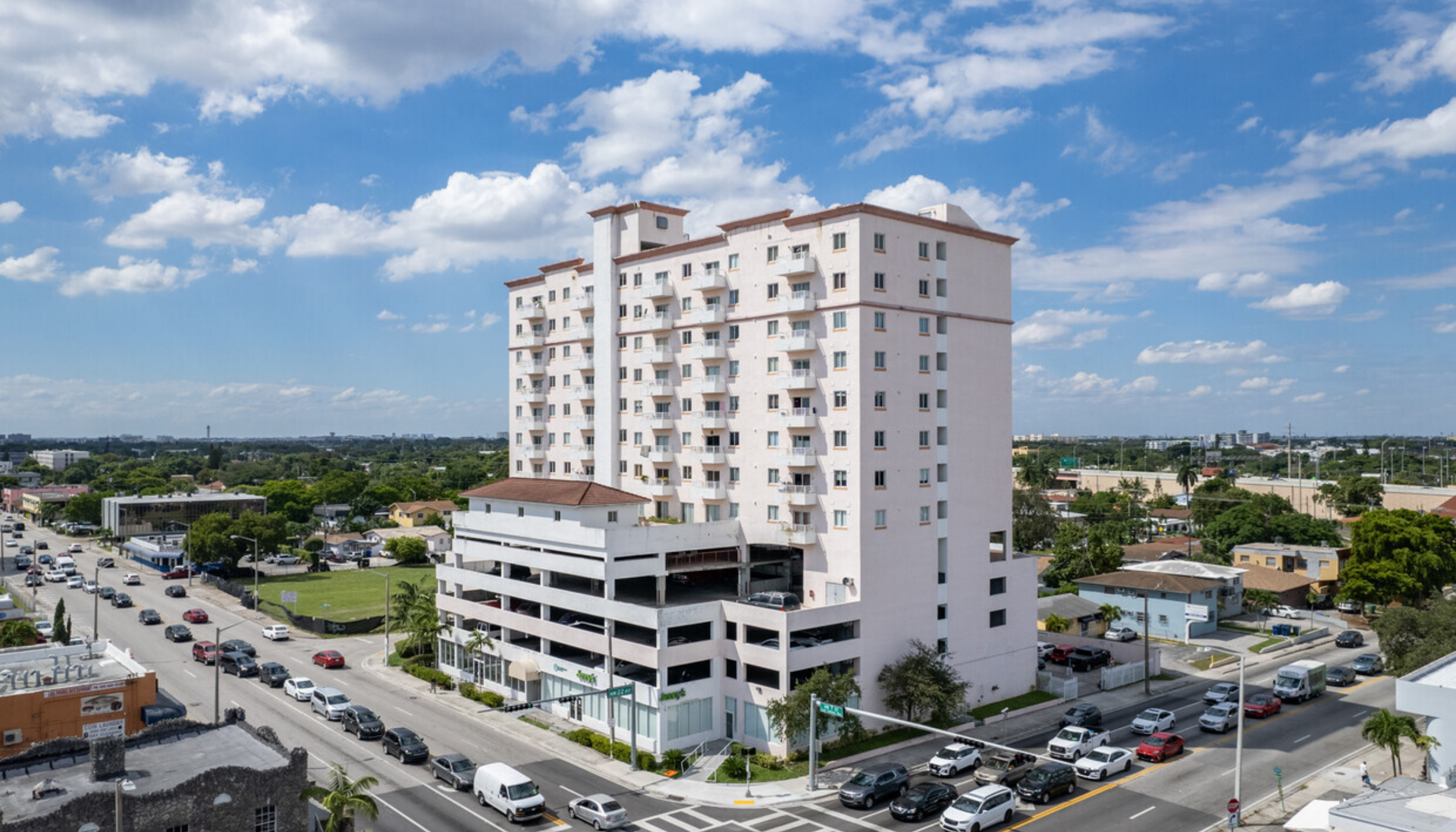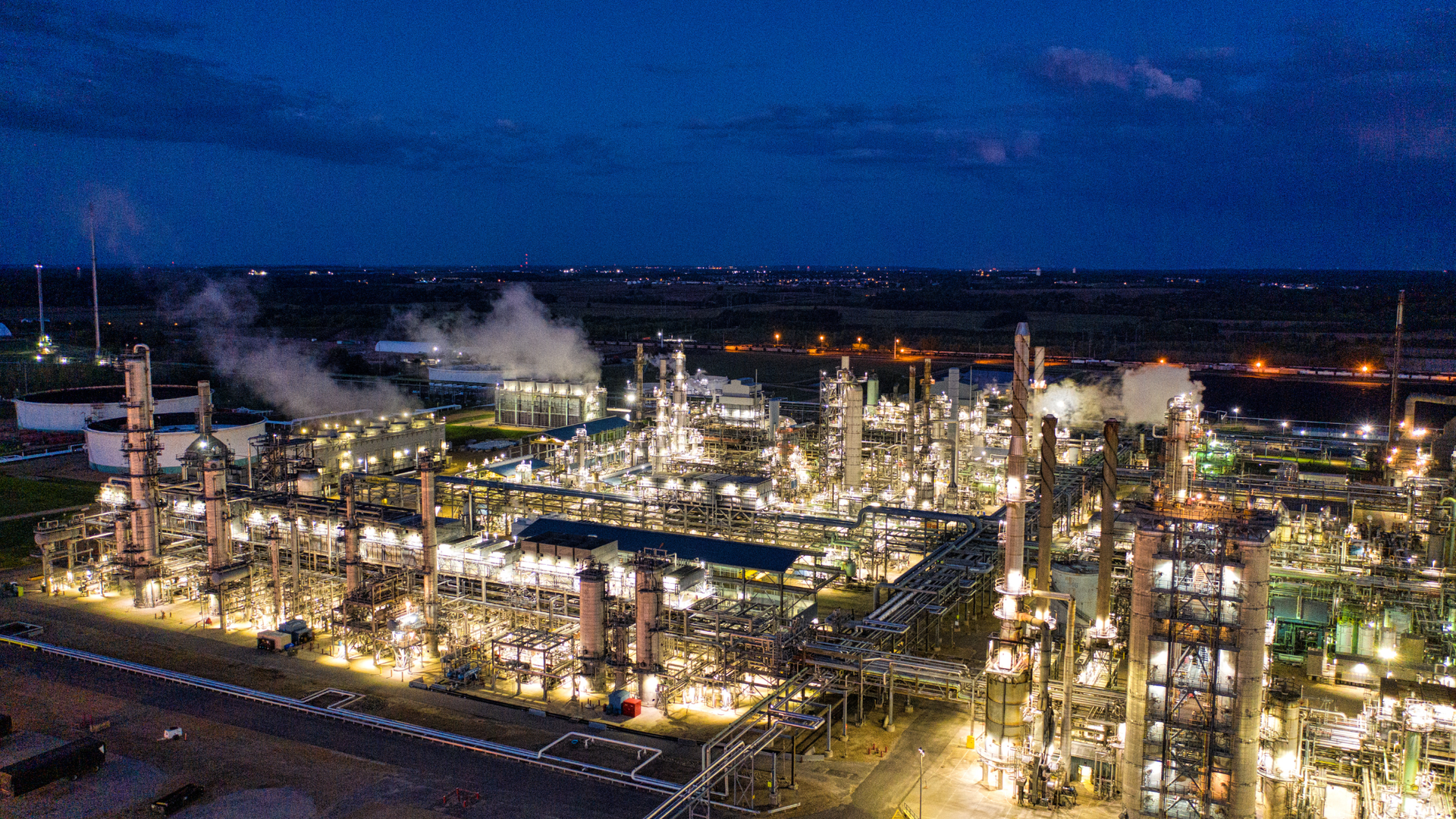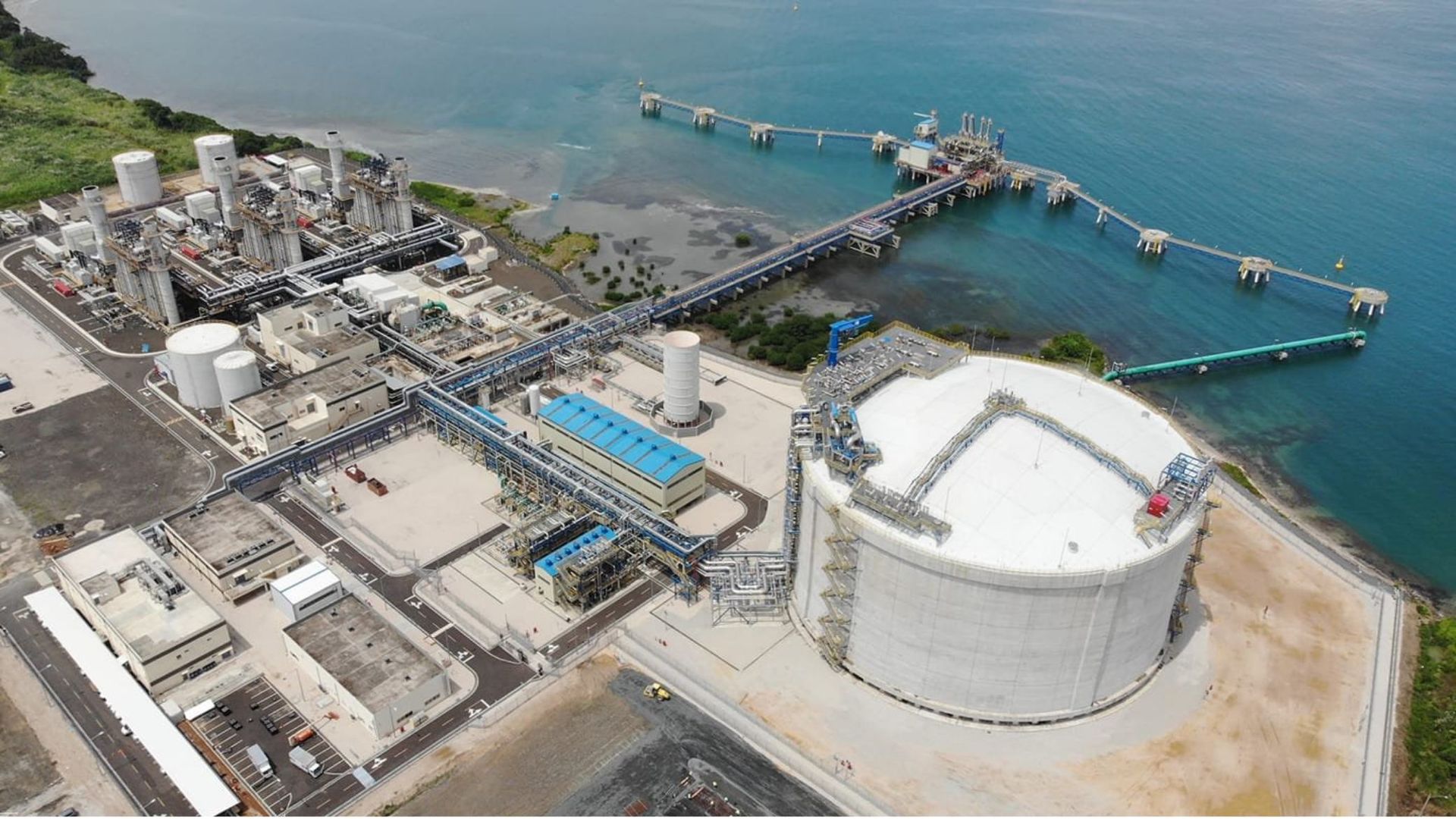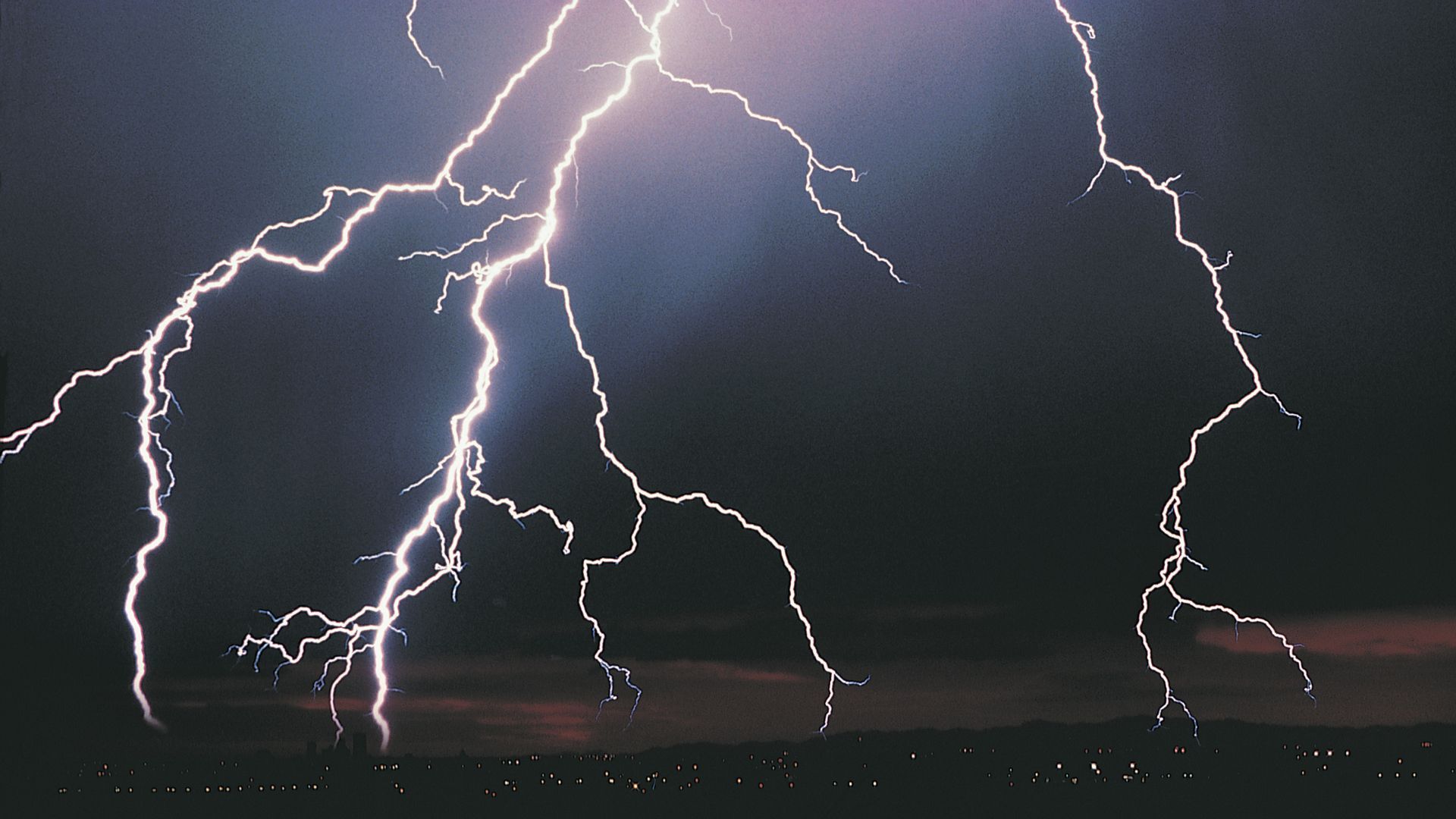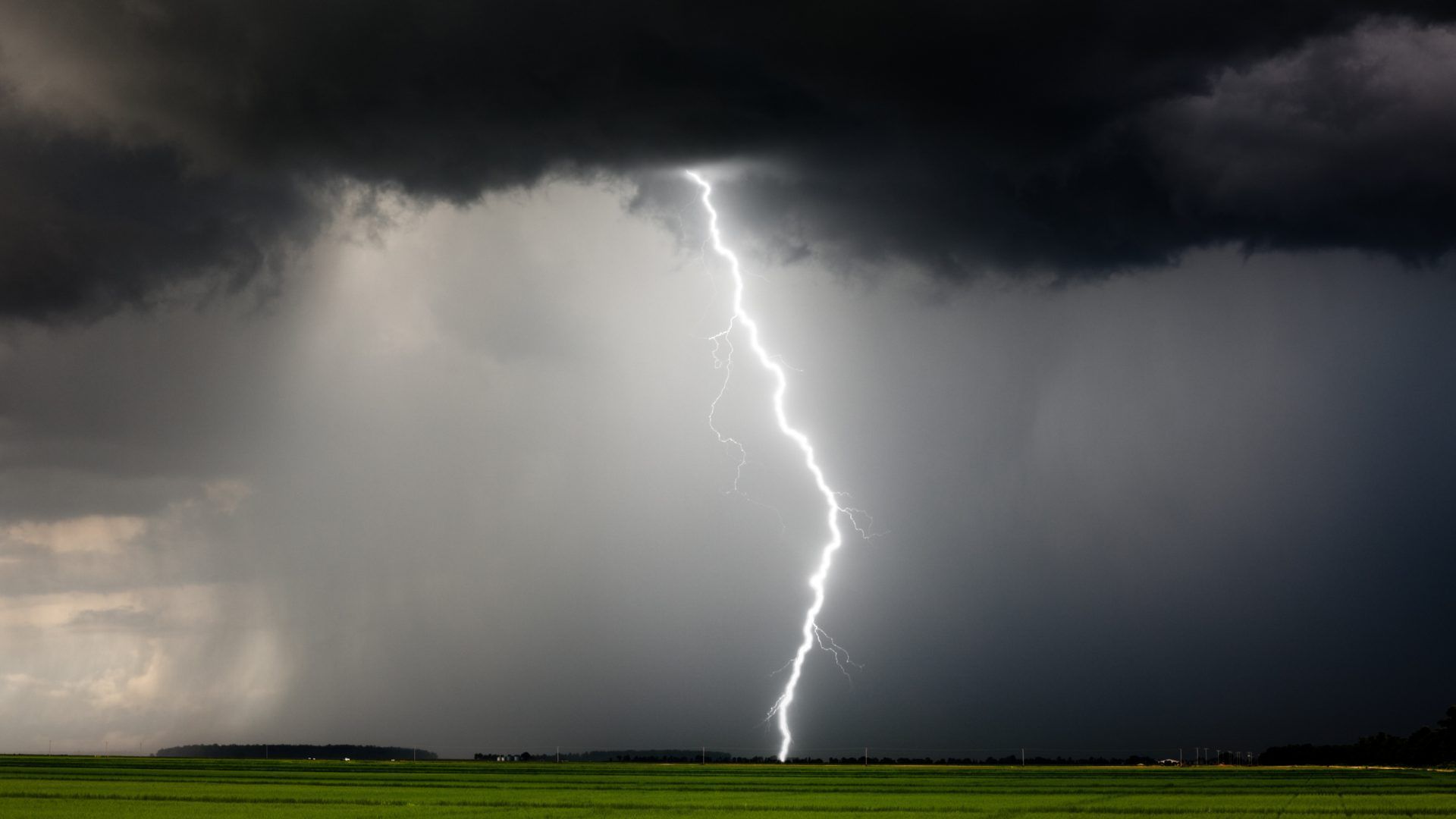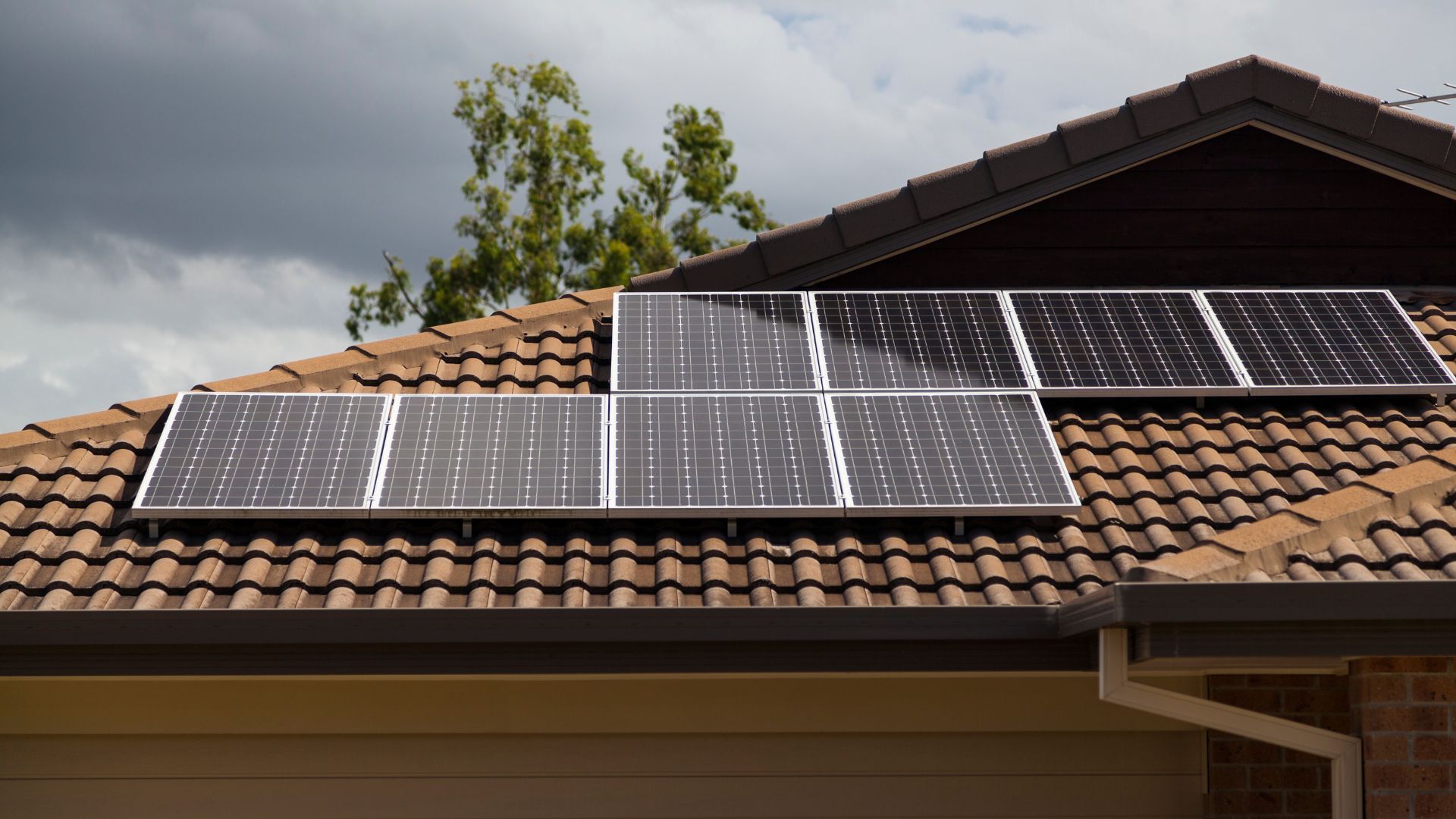Ben Franklin to the CMCE: The Evolution of the Lightning Protection Industry
Ben Franklin to the CMCE: The Evolution of the Lightning Protection Industry

Lightning has long been one of nature’s most formidable forces, capable of causing widespread destruction and endangering lives. Our understanding and mitigation of lightning’s effects have evolved dramatically over centuries, reflecting technological advancements and scientific discoveries. This journey began with Benjamin Franklin’s invention of the lightning rod over 250 years ago.
The Dawn of Lightning Protection: Franklin’s Lightning Rod
In the mid-18th century, Benjamin Franklin, a pioneering American, introduced the world to the first practical means of protecting structures from lightning strikes. His invention, the lightning rod, was a simple yet ingenious device; a metal rod mounted on top of a building, connected to the ground via a conductive wire. The lightning rod aimed to draw the electrical charges safely to the ground, preventing damage to the structure.
Franklin’s concept was based on his understanding of electricity, which he famously demonstrated with his kite experiment in 1752. The lightning rod’s effectiveness lies in its ability to provide a path of least resistance for electrical currents, thereby protecting buildings and their occupants from the destructive power of a direct lightning strike.
Evolution and Advancements: From Franklin to Modern Times
Since Franklin’s time, the basic principles of lightning protection have remained largely unchanged. However, significant advancements have been made in materials, design, and understanding the dynamics of lightning. The 19th and 20th centuries saw improvements in the construction and installation of lightning rods, with the introduction of more durable materials and standardized practices.
The advancement of electrical and electronic systems in the modern era brought new challenges. Sensitive electronic equipment became vulnerable to lightning-induced surges, leading to the development of surge protection devices and more sophisticated grounding systems. These enhancements were critical in protecting not just buildings but also the increasingly complex and sensitive infrastructure within them.
The Future of Lightning Protection: CMCE Lightning Suppression
The evolution from Benjamin Franklin’s simple lightning rod to the advanced CMCE Lightning Suppressor illustrates the remarkable progress in the field of lightning protection. Unlike traditional lightning rods, which attempt to channel lightning to the ground, the CMCE system actively eliminates the possibility of lightning strike formation by dissipating and grounding the charge build-up in the surrounding area.
The CMCE Lightning Suppressor operates on the principle of deionization. It drains the ionic charges from the atmosphere, neutralizing the electrical charge in the protected area. By doing so, it minimizes the potential difference between the ground and the storm cloud, eliminating the possibility of a lightning strike. This proactive approach not only protects structures but also extends to open areas, making it a versatile solution for various applications, including wind turbine farms, communication towers, homes, boats, and more.
Don't Wait for Lightning to Strike
Are you interested in protecting your property from lightning strikes with CMCE Lightning Suppression? Contact our team today at cmcesales@capitolelectronics.com or call (888) 318-2333 for a complimentary quote.
Once we gather information about your property and protection goals, we generate a quote for you at no cost and deliver it in a timely manner. Our quotes include accurate pricing and a custom design plan that outlines the best placement for the CMCE device installation based on your property’s layout. We also provide a visual representation of the device’s coverage area, ensuring you understand the extent of protection offered.


